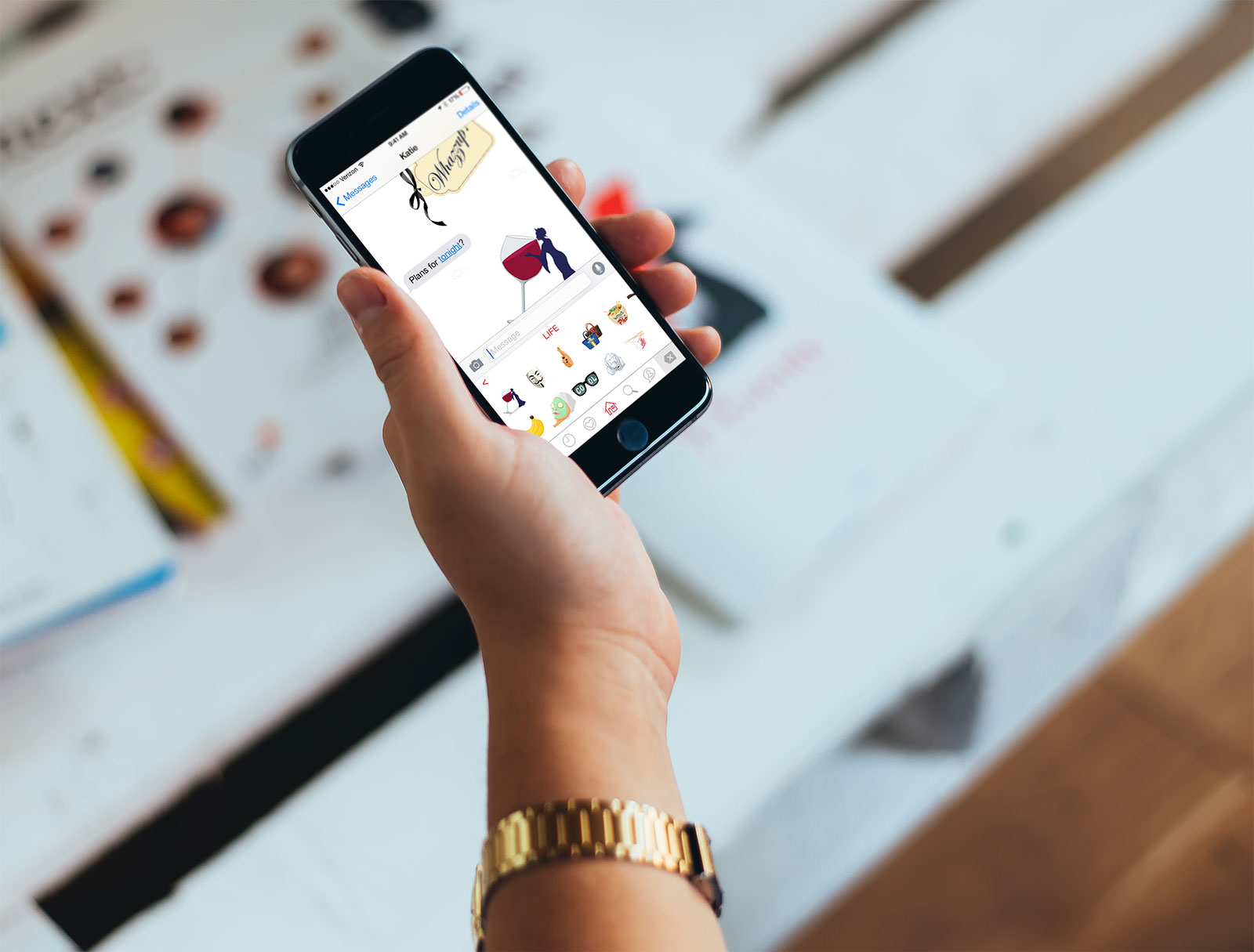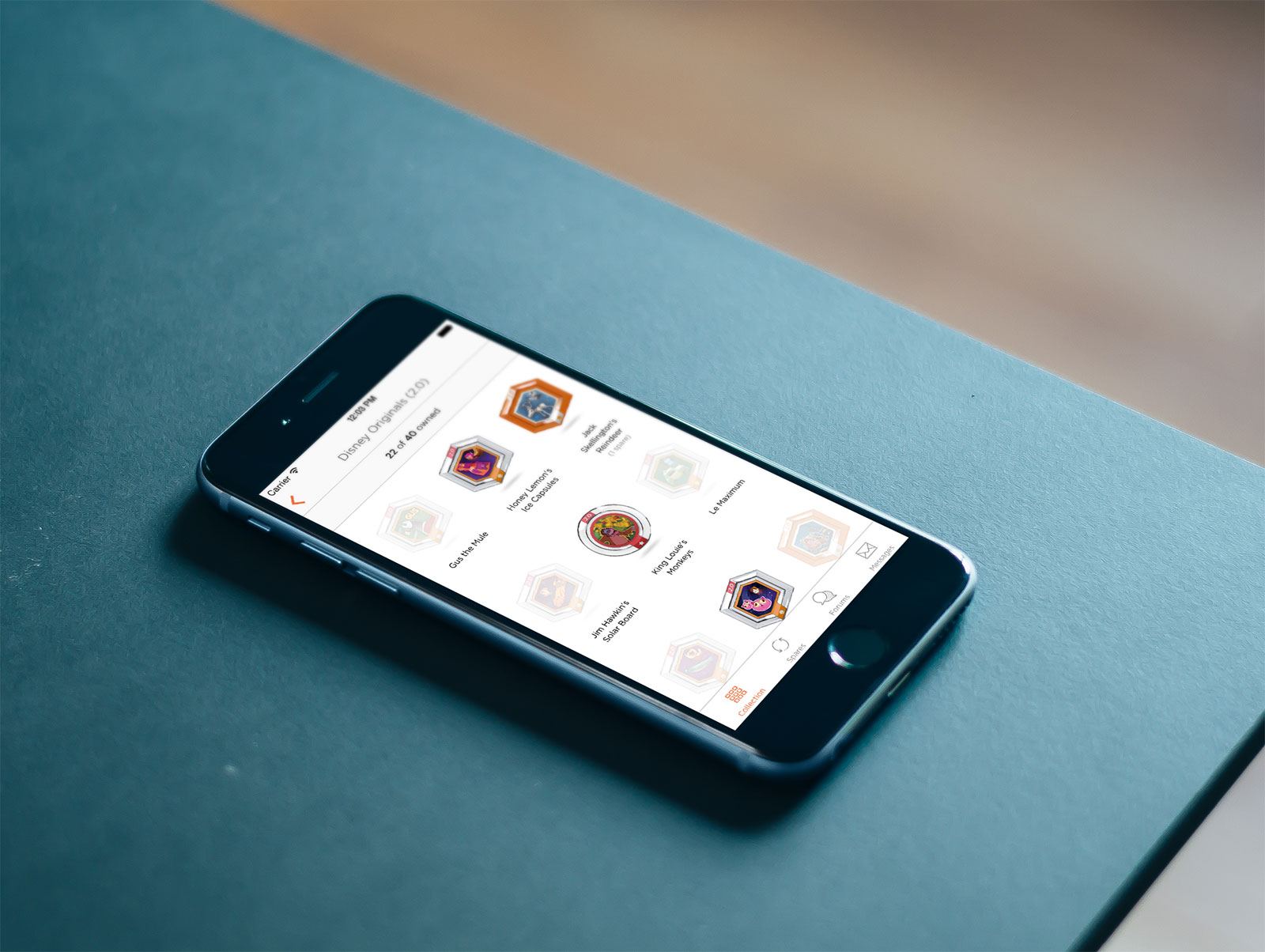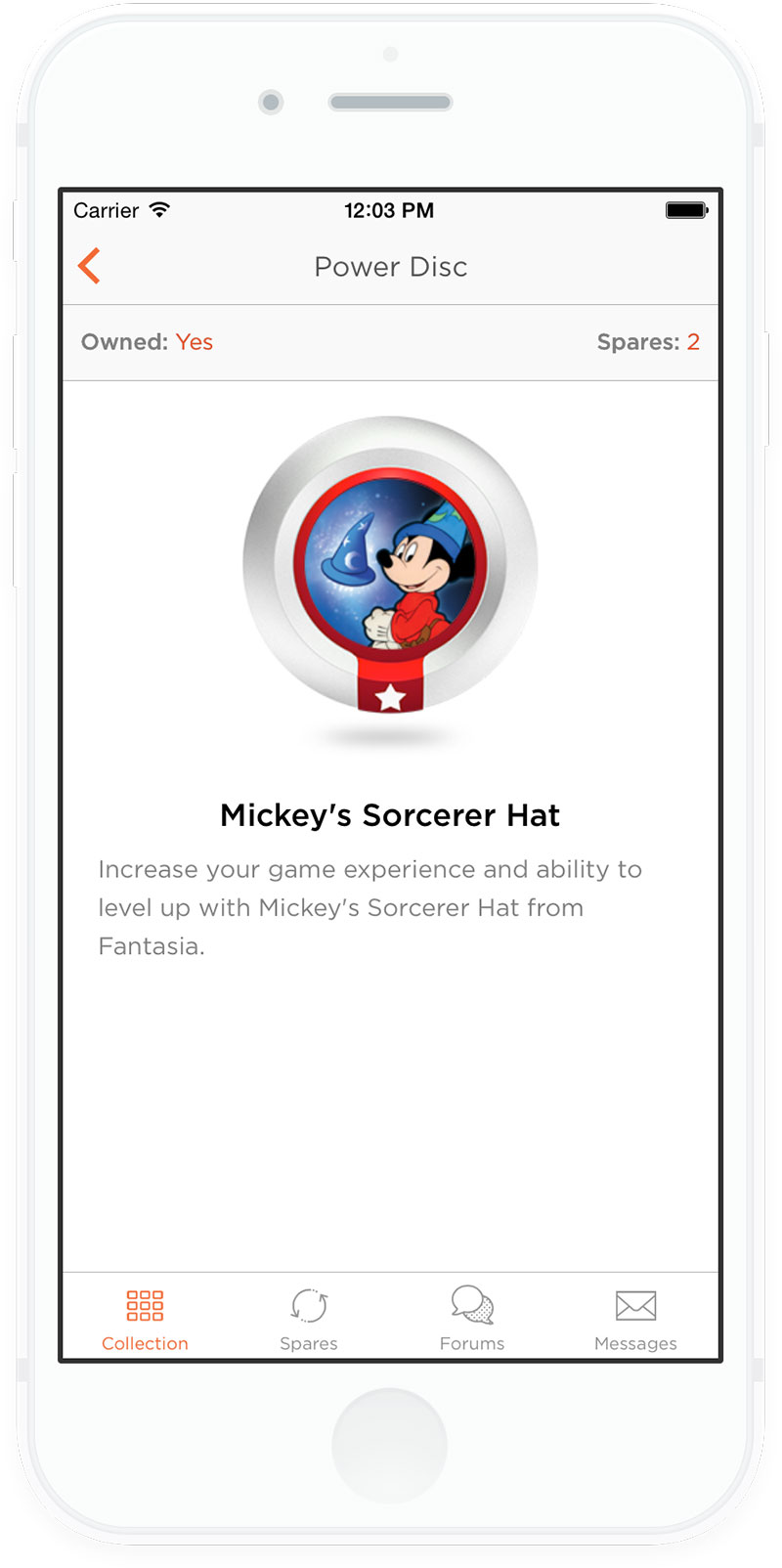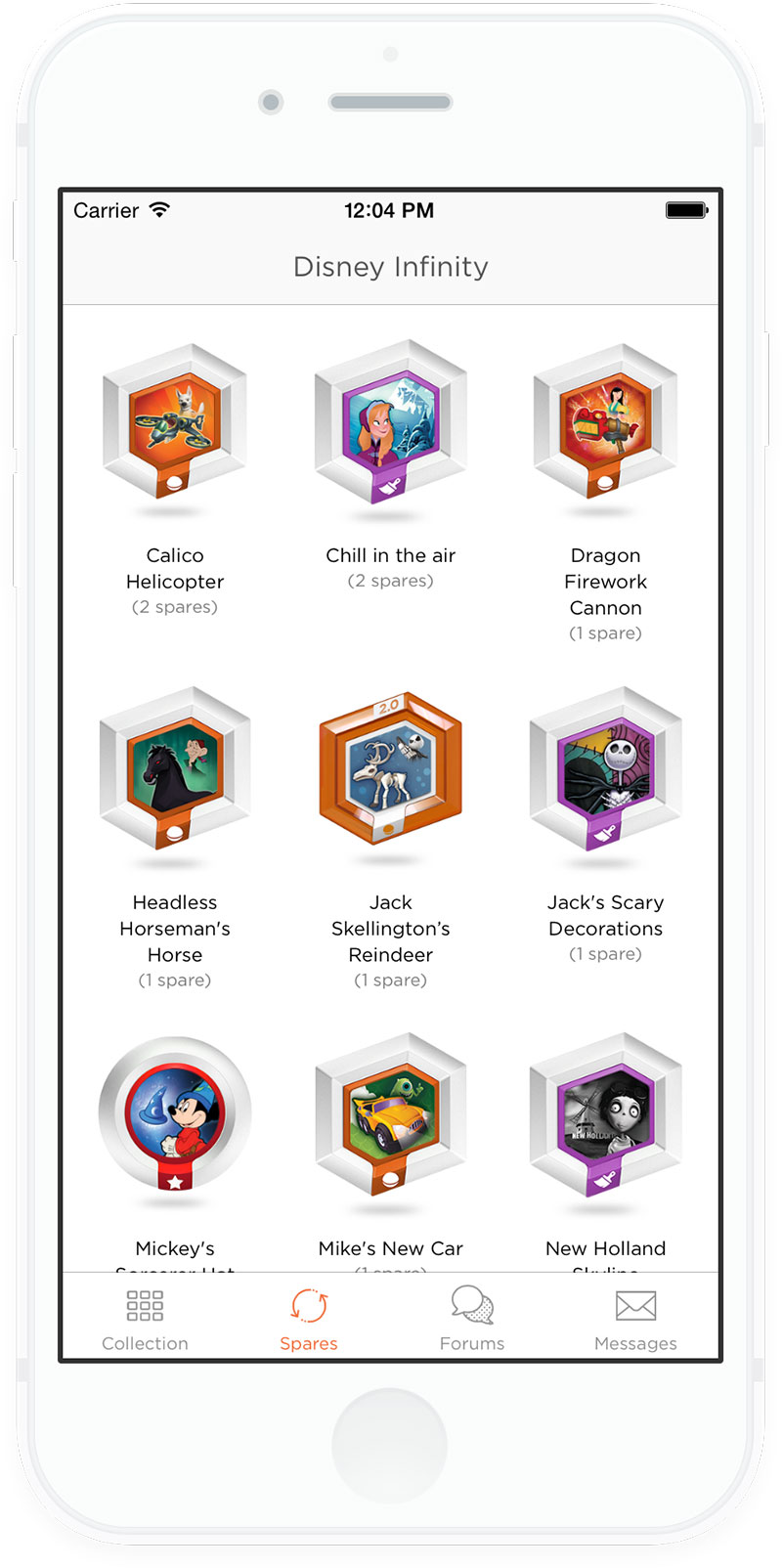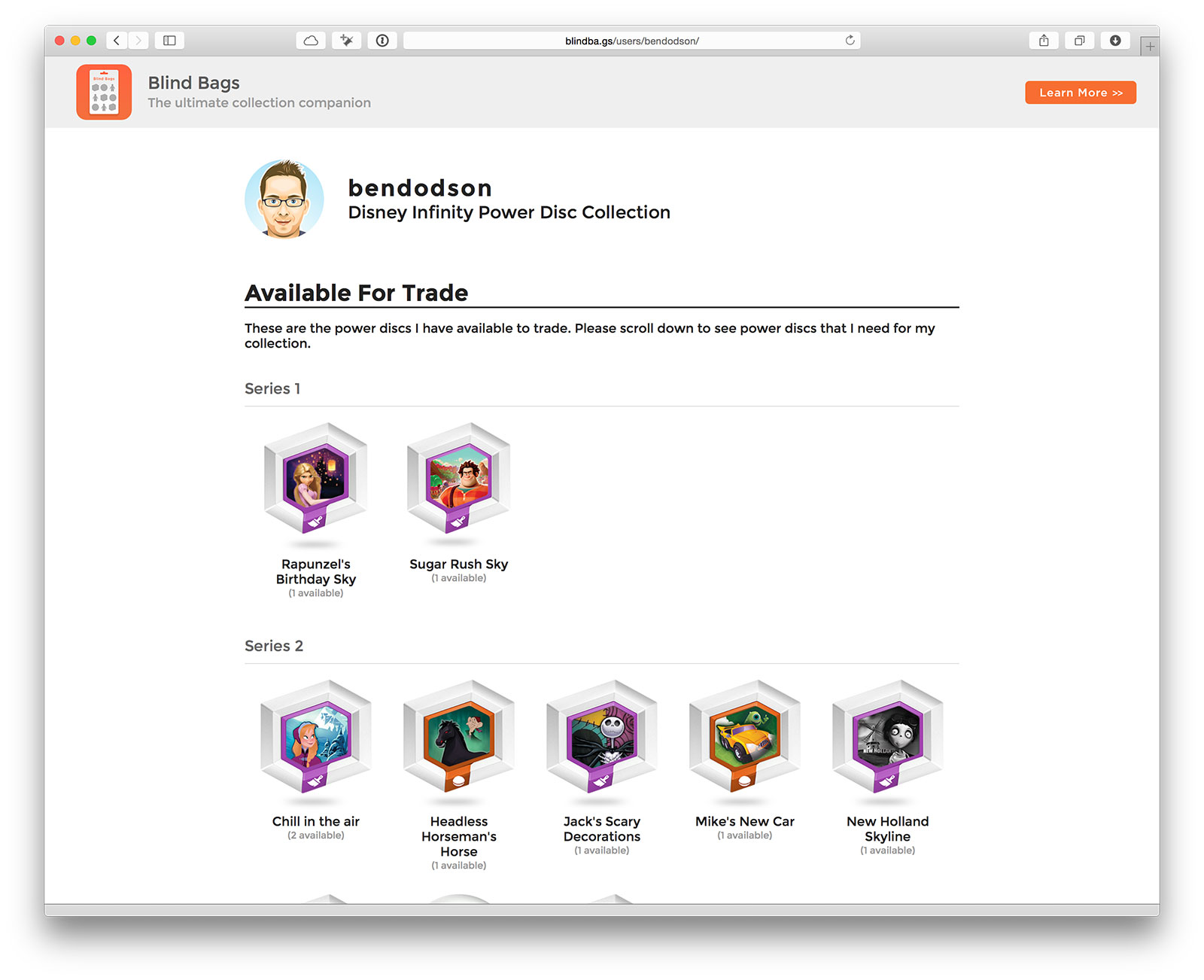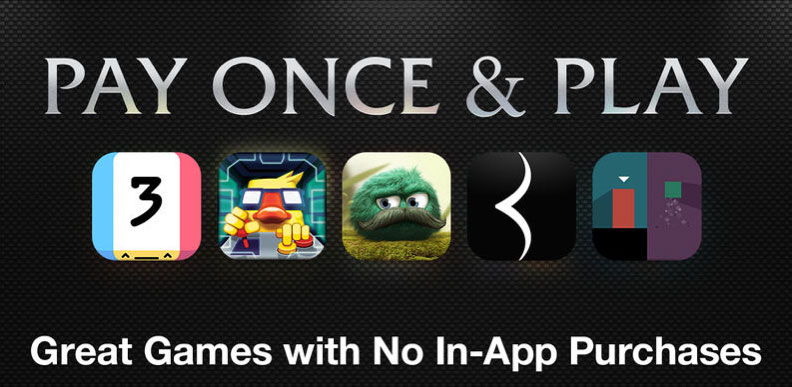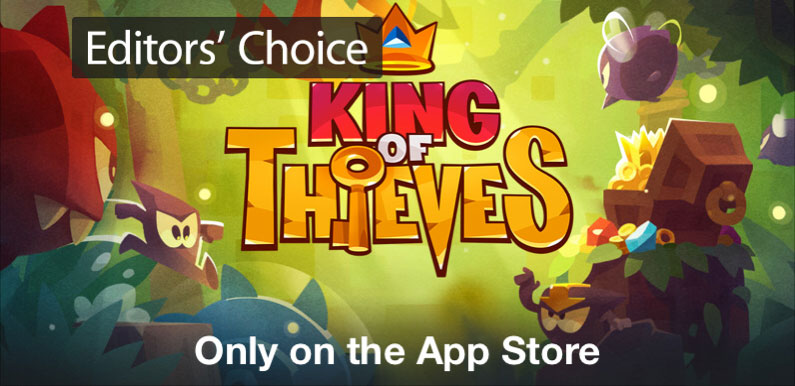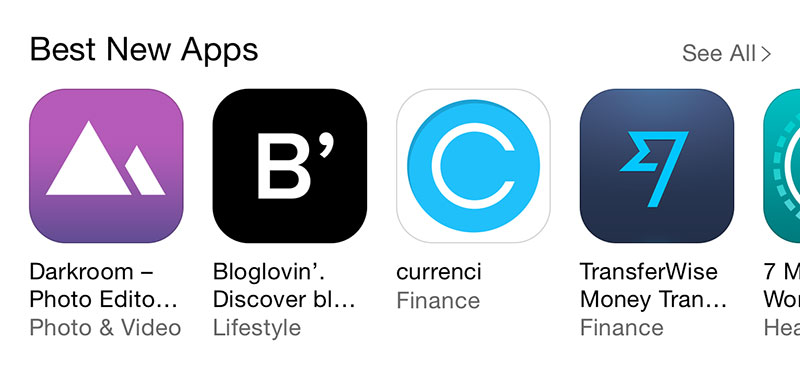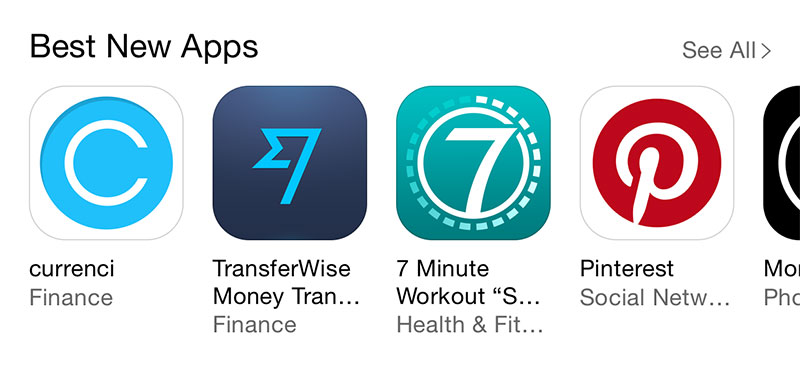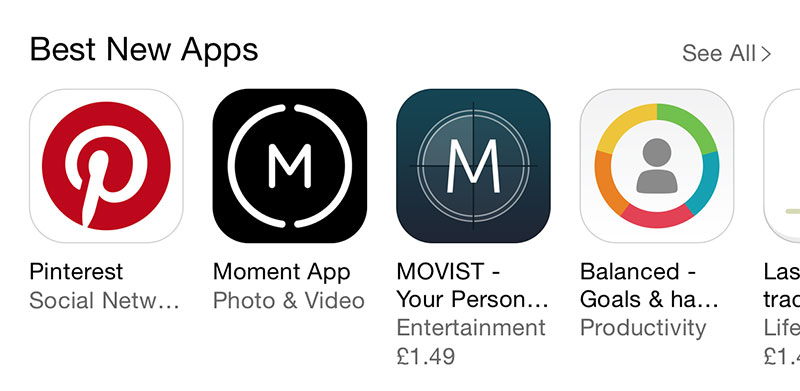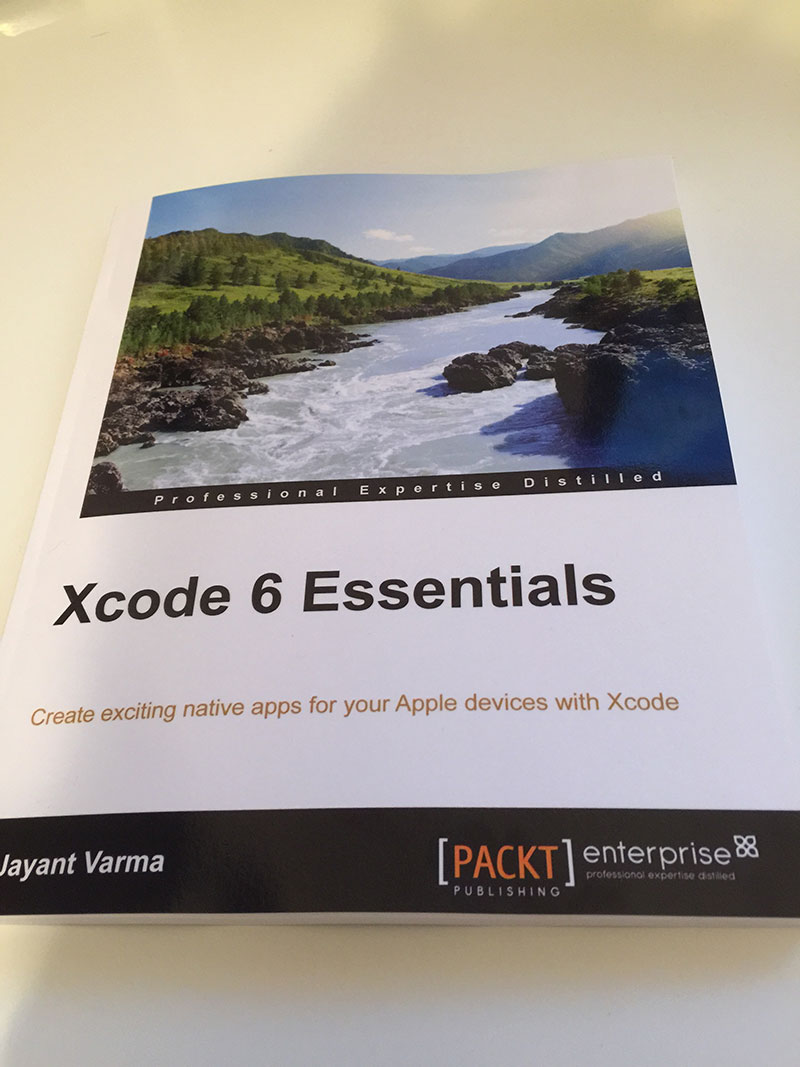Developer pre-orders
I’m often asked if Apple let me pre-order devices earlier than consumers or if they give me a discount. The answer is always “no”; to Apple, developers are just normal consumers. We may get access to SDKs and beta OS releases in advance1 but with hardware we have to pre-order with everyone else.
However, a slight exception has recently been made for the Apple Watch. On a random basis, Apple have allowed developers to register their interest to get an Apple Watch Sport (with blue band) and then out of those that applied they’ve randomly selected a few to actually purchase them (with guaranteed dispatch by the 28th April). Whilst I think this is a great idea, there are several problems:
1) This was only offered a few days before the release of the Apple Watch and over a week after pre-orders had gone live (and sold out spectacularly). If you are going to offer hardware to developers, it would be better to do it in advance of the pre-order or at the same time so that they don’t try and purchase their own if they are only buying for development purposes.
2) This offer was completely random. I didn’t receive an email and neither did several other developers I know who would have liked to. At first I thought this might be because I’d already made a purchase but that was actually with a different Apple ID2. In addition, other developers I know that had already ordered devices were given the chance to register for this lottery. This brings me to…
3) There seems to be nothing in place to stop developers who already had pre-ordered from getting in on this deal and then selling the watch at a high-rate on eBay. A quick search on Twitter will show plenty of developers doing this.
It seems to me that this could have been done in a much better way:
1) Email developers a week prior to pre-orders to let them know that they have the opportunity to skip the queue. Take their payments upfront (to make sure they are serious and to avoid issues later) and then randomly choose those that were successful before pre-orders go live in a similar way to how WWDC tickets were allocated this year. By doing this, those that aren’t successful can still get in the regular queue with everybody else and nobody misses out.
2) Lock the hardware to the developer account so that it can’t be resold (perhaps limited to 1 year). This would prevent developers taking advantage of the deal to enrich themselves in the grey market. The technology for this already exists bearing in mind that hardware can be locked to an Apple ID (so it can’t be resold if stolen) so it shouldn’t be too tricky for Apple to do this.
I think offering these pre-order deals for developers is a great way to help them write apps for the platform (and ensure compatability in an ever growing ecosystem) but the ability for people to make a quick buck and the total randomness of who gets invited to the lottery leaves a sour taste. I was lucky enough to be able to get the watch I wanted delivered on launch day but there are several developers who have weeks of waiting whilst others with several placed orders are able to get a special offer that’ll go on eBay. Its a first step, but hopefully Apple can do better for future hardware releases.
-
Although not always enough - for instance, there was 9 days to get apps compatible with iPhone 6 and iPhone 6 Plus and realistically you’re going to be in the review queue for 80-90% of that time… ↩︎
-
I have my personal Apple ID along with two development account Apple IDs, neither of which were contacted about this offer. ↩︎

